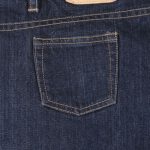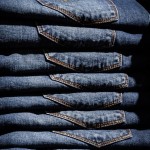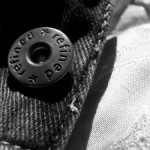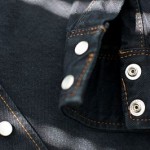
by MakeYourOwnJeans | jeans |
If you’re like most people, you probably wear jeans on a regular basis. One study found that the average American woman owns seven pairs of jeans. Of course, men wear jeans just as frequently — if not more frequently — than women. Their classic style combined with a superior level of durability makes them an excellent all-around choice of pants. Even if you wear denim jeans on a regular basis, though, there are probably some things you don’t know about this classic garment. Most jeans, for example, are designed with a “yoke.” Unless you’re familiar with the term, you might be wondering what a yoke is and why it’s included in jeans. In this post, we’re going to take a closer look at the yoke on denim jeans. Overview of the Yoke No, the yoke isn’t part of an egg (that’s the yolk). Rather, it’s a pattern of fabric found on the back of jeans that’s used to enhance the jeans’ appearance when worn. Not all jeans have yokes. Some are designed with a plain back. If you inspect the back of denim jeans the next time you go shopping, however, you’ll probably discover that most jeans have a yoke. The yoke doesn’t offer any functional purposes; it’s used strictly for aesthetic purposes. When adding to a pair of jeans, it can complement the wearer’s body to create a more attractive look. How to Find the Yoke To find the yoke on a pair of denim jeans, flip the jeans over and look at the area directly below the waistband. Assuming the jeans have a yoke, you should see...
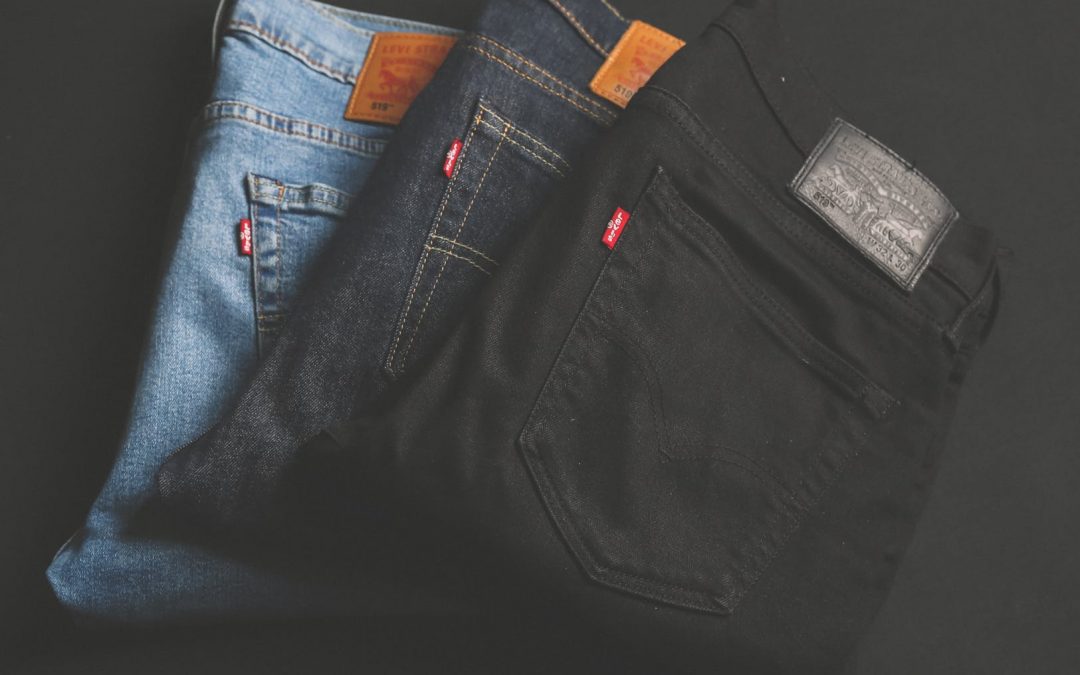
by MakeYourOwnJeans | jeans |
Not all jeans feature the same traditional light blue color. While light blue is arguably one of the most popular — if not, the most popular — colors in which denim jeans are made, you can find this classic garment available in dozens of other colors, including light and dark colors. If you’re looking to upgrade your wardrobe with a new pair of denim jeans, you need to choose the right color. Neglecting to choose a stylish, versatile color will only restrict your ability to wear them. To make the process a little easier, we’ve compiled a list of seven awesome colors for denim jeans, which should set you in the right direction. #1) Light Blue Let’s go ahead and get the most common color out of the way: light blue. When jeans were first invented over a century, they were made almost entirely in a light blue color. It’s an attractive, simple color that looks great no matter how it’s worn. Of course, there are different shades of light blue in which jeans are made, so choose a shade to match your personal style and preference. #2) Indigo For a more formal appearance — though still casual — you can choose denim jeans in an indigo color. Indigo is technically a type of blue, but it’s significantly darker than traditional light blue colors. And because of its darker tone, indigo is considered more formal than its light blue counterpart, making indigo jeans an excellent choice for semi-formal occasions in which traditional light blue jeans are too casual yet a suit is too formal. When in doubt, you can’t...
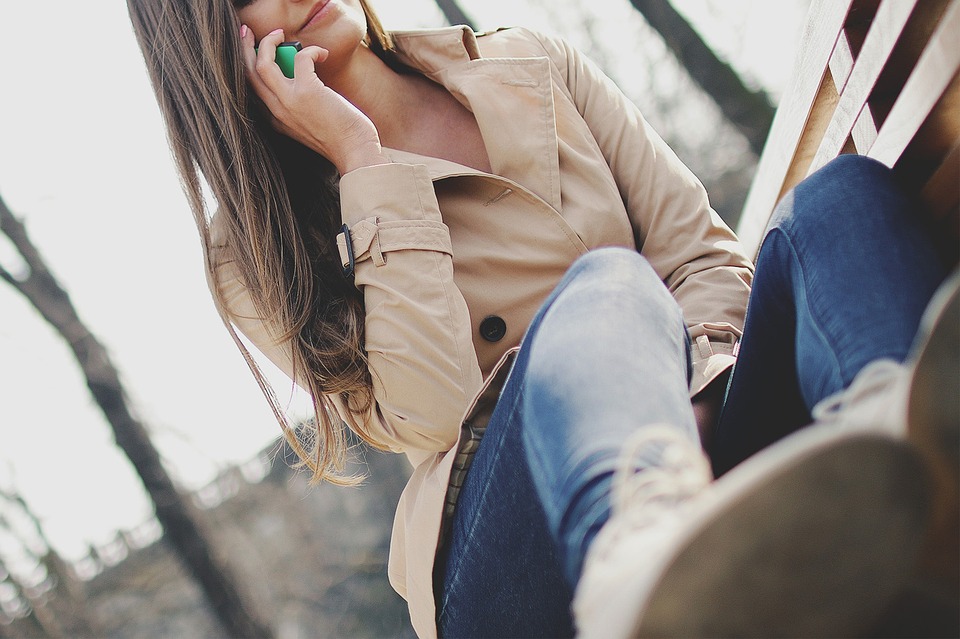
by MakeYourOwnJeans | jeans |
Have you noticed some of the dye from your jeans bleeding onto your shoes? Well, you aren’t alone. Countless men and women experience this very same problem. When their wear their favorite pair of jeans, they discover that it changes the color of their shoes. If you wear indigo jeans with white shoes, for example, it may turn your shoes to a bluish color. Not only is this frustrating, but it can cost you serious money when you’re forced to replace the discolored shoes. To prevent this from happening, though, you must first understand what causes it. Dye Is Released From the Jeans The reason your jeans are staining your shoes is because they’ve released some of their dye. Whether it’s a pair of skinny, straight-leg, boot-cut, high-rise, boyfriend or stretch, all jeans are processed with dye. Dye is responsible for giving the denim its color. Without it, denim would simply be white because it’s a type of cotton, which itself is white. Dye doesn’t always stay locked inside the denim fabric, however. In many cases, it may leach out, allowing it to reach other garments or accessories like your shoes. As your jeans release some of their dye, the colored liquid will travel down your pant legs before reaching your shoes. And being that most types are shoes are made of leather, their porous nature will naturally absorb some of this dye, thereby changing their color to reflect that of your jeans. Choose High-Quality Denim Jeans There are a few steps you can take to prevent your jeans from bleeding onto your shoes, one of which is to...
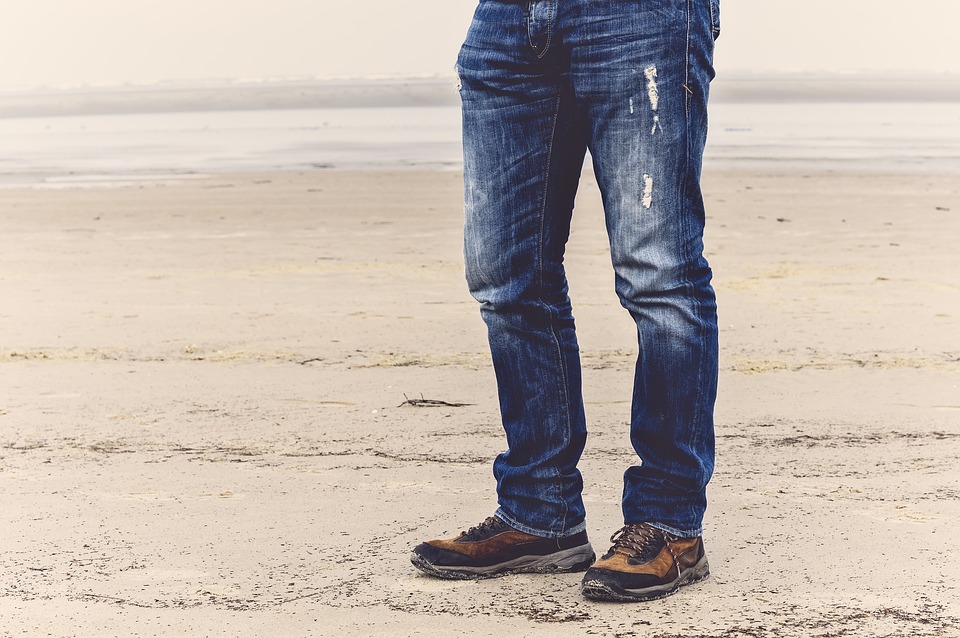
by MakeYourOwnJeans | jeans |
Not all jeans are made of the same type of denim. Some are made with a special type of elastic denim. Known as stretch jeans, they’ve become a popular choice among men and women alike in recent years. Stretch jeans look like regular jeans, but they contain an elastic material like spandex or polyester in addition to denim. As a result, they can flex and stretch without breaking or otherwise succumbing to damage. If you’re thinking about purchasing a pair of stretch jeans, though, you should follow these dos and don’ts to choose the perfect pair for your needs. Do Check the Label When shopping for stretch jeans, check the label to see what exactly they are made of. True stretch jeans are made of both denim as well as an elastic material. If a pair of jeans says “100% denim,” they aren’t stretch jeans, nor will they offer the benefits of stretch denim. You can find out what a pair of jeans are made of by checking the label inside the waistband. Stretch jeans typically have about 3% to 5% spandex or polyester, with the remaining material being denim. Don’t Purchase the Wrong Size A common mistake men and women make when choosing stretch jeans is purchasing the wrong size. They assume that because they normally wear a specific size in jeans, they’ll wear the same size in stretch jeans. Unfortunately, this doesn’t always happen. Even if you wear a small, medium or large in other jeans, you may wear a completely different size in stretch jeans. The good news is that you can order custom-fitted stretch jeans...
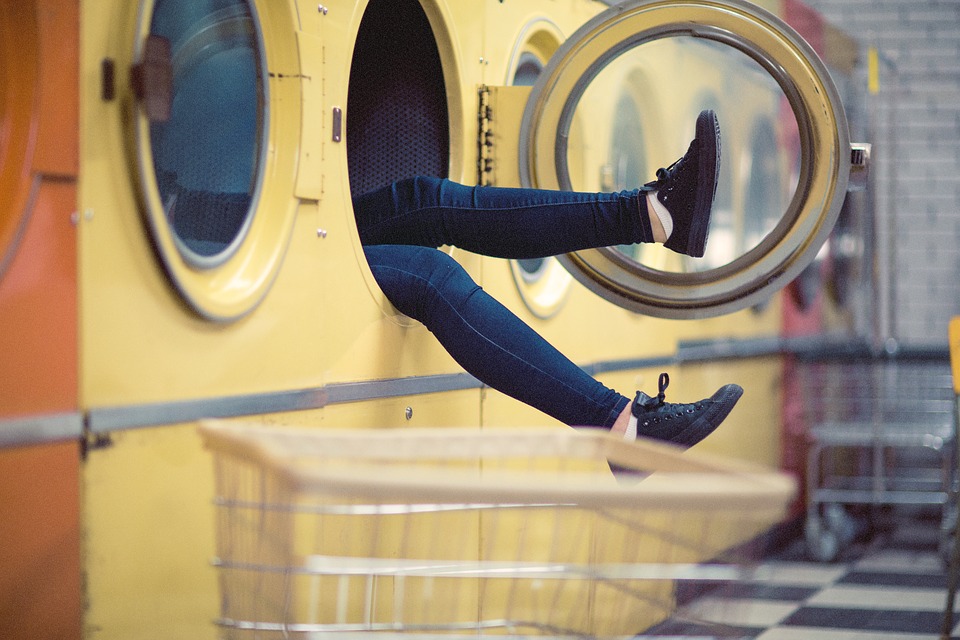
by MakeYourOwnJeans | jeans |
All garments need washing and cleaning on a regular basis, and jeans are no exception. Although they are made of heavy-duty denim, jeans will still accumulate dirt and develop stains. The good news is that you can clean your jeans by placing them in the washing machine. With that said, you should avoid making the 10 mistakes listed here when washing your jeans. #1) Using Bleach Never add bleach to your washing machine when washing jeans. Bleach is a highly effective whitening agent that can revitalize the appearance of your white shirts and garments. When used on non-white garments, though, it can cause permanent discoloration. To protect your jeans from such damage, avoid using bleach or products containing bleach when washing them. #2) Leaving the Zipper Down Try to get into the habit of pulling the zipper up on your jeans before washing them. While leaving the zipper down sounds harmless enough, it may cause the waist to overstretch. As a result, your jeans may no longer fit after removing them from the washing machine. It only takes a few seconds to pull up the zipper, but doing so could prolong the life of your jeans, allowing you to get a little more use out of them. #3) Pouring Detergent Directly On Jeans Most washing machines have a compartment in which you pour the detergent. For whatever reason, though, some people pour detergent directly on their clothes. If you pour detergent directly on your jeans, it could stain the denim fabric. Therefore, it’s recommended that you use the detergent compartment when washing your jeans. While speaking about detergent, avoid...

by MakeYourOwnJeans | jeans |
We’ve all been guilty of tossing clothes in a drawer or clothes without taking the time to fold them first. While seemingly harmless, though, this can affect the appearance and overall performance of your denim jeans. If you don’t fold your jeans, wrinkles will likely form in the creases where the fabric is folded. You can always smooth out wrinkles by ironing your jeans, but it’s best to avoid this headache by folding your jeans. With that said, there’s a right way and a wrong way to fold denim jeans. Using the wrong technique offers little or no protection from wrinkles. So, what’s the right way to fold your denim jeans? Wash and Fully Dry Before Folding Before attempting to fold your denim jeans, run them through the washing machine and dryer. Folding dirty jeans is never a good idea. Even if they aren’t visibly dirty, your jeans may contain small amounts of dirt, dust and debris that, when folded, become embedded into the denim fabric. To prevent this from happening, you need to wash and fully dry your jeans before folding them. For more information on how to wash and dry your jeans, check the care label. Typically found inside the waistband — or inside the bottom of a pant leg in some jeans — the care label contains instructions created by the manufacturer on how to wash and care for the jeans. You’ll probably find that most jeans support machine-washing and machine-drying. But there are some jeans, such as stretch jeans, that may require air-drying online. Always follow the instructions listed on the care label when washing...








